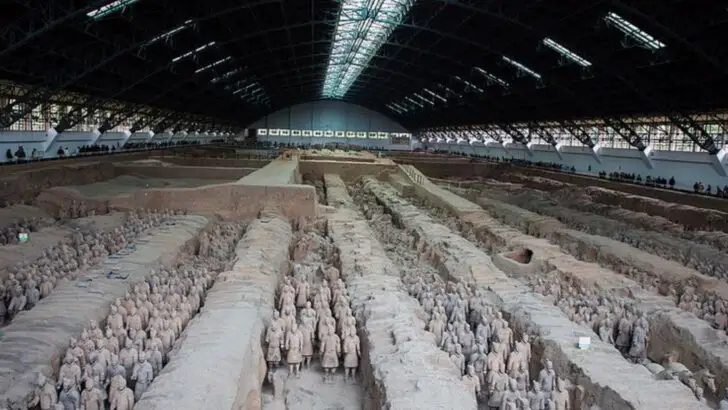Sculptures have the power to stop you in your tracks, stir your imagination, and tell stories that words alone cannot. From ancient masterpieces to contemporary marvels, these works of art invite viewers into worlds of emotion, history, and astonishing craftsmanship.
Witnessing a truly iconic sculpture is more than sightseeing — it’s a chance to connect with the vision, skill, and soul of the artist, and to experience something that resonates long after you’ve walked away.
Michelangelo’s David
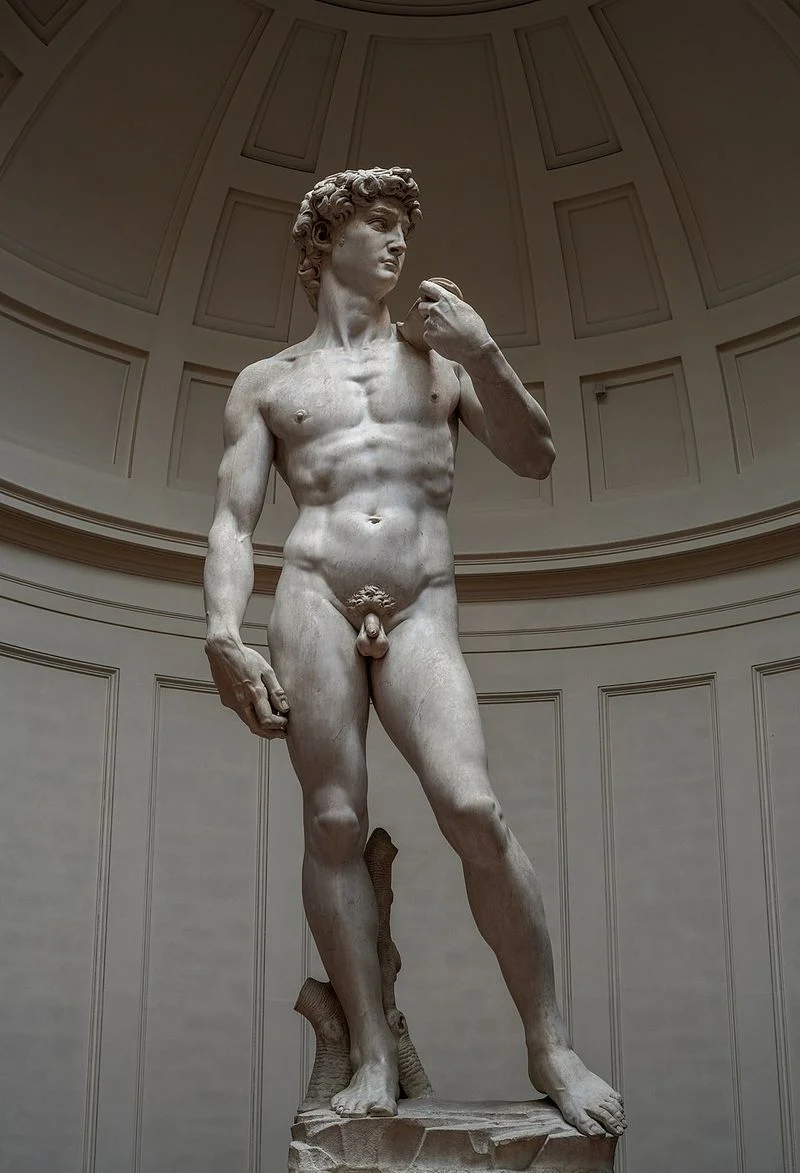
Towering at over 17 feet, this Renaissance masterpiece captures the biblical hero David in stunning detail. Michelangelo’s skill is evident in every muscle and vein, as if David could spring to life at any moment. Created between 1501 and 1504, it symbolizes the beauty of the human form.
Located in Florence, Italy, David stands as a testament to the artistic achievements of the Renaissance. Visitors from around the world come to witness this symbol of strength and human potential.
The Thinker by Auguste Rodin
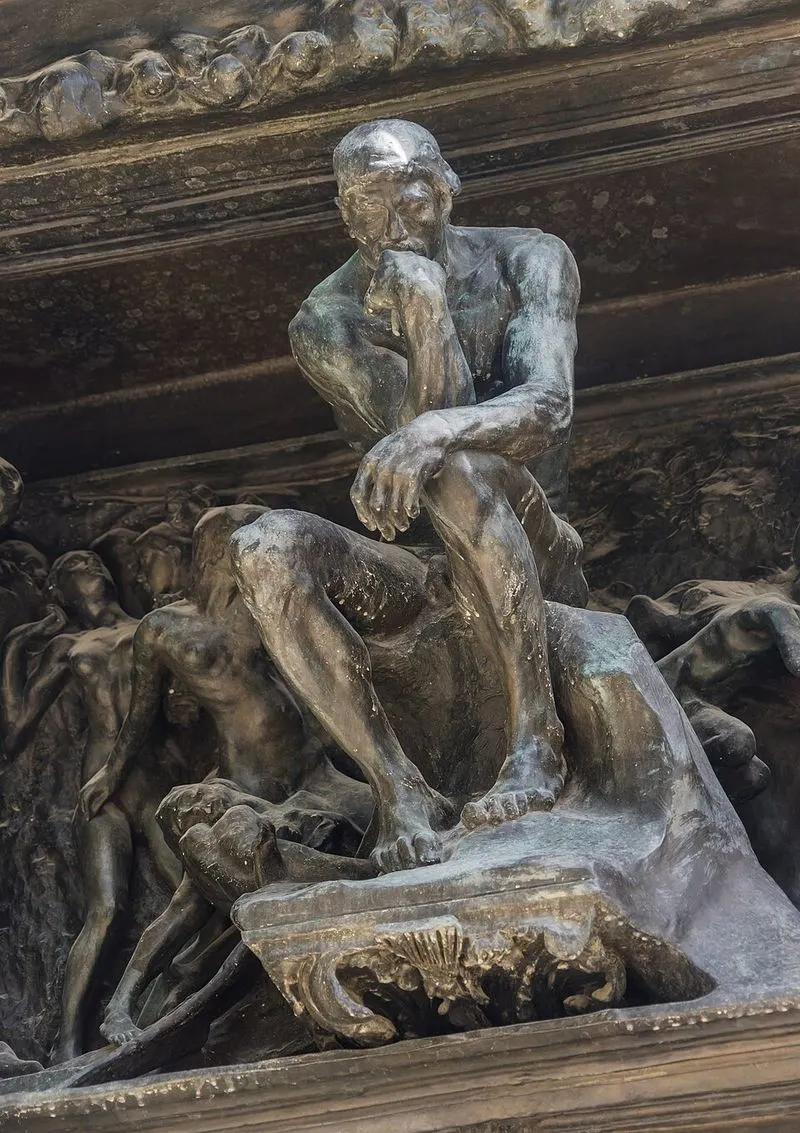
Contemplation takes physical form in Rodin’s iconic sculpture, The Thinker. Resting his chin on his hand, the figure embodies the profound human quest for knowledge and understanding.
Crafted in 1904, it’s part of Rodin’s larger work, The Gates of Hell. Nestled in the Musée Rodin in Paris, it draws art lovers and philosophers alike. As you stand before this statue, you might find yourself pondering the big questions of life, just like its subject.
Christ the Redeemer
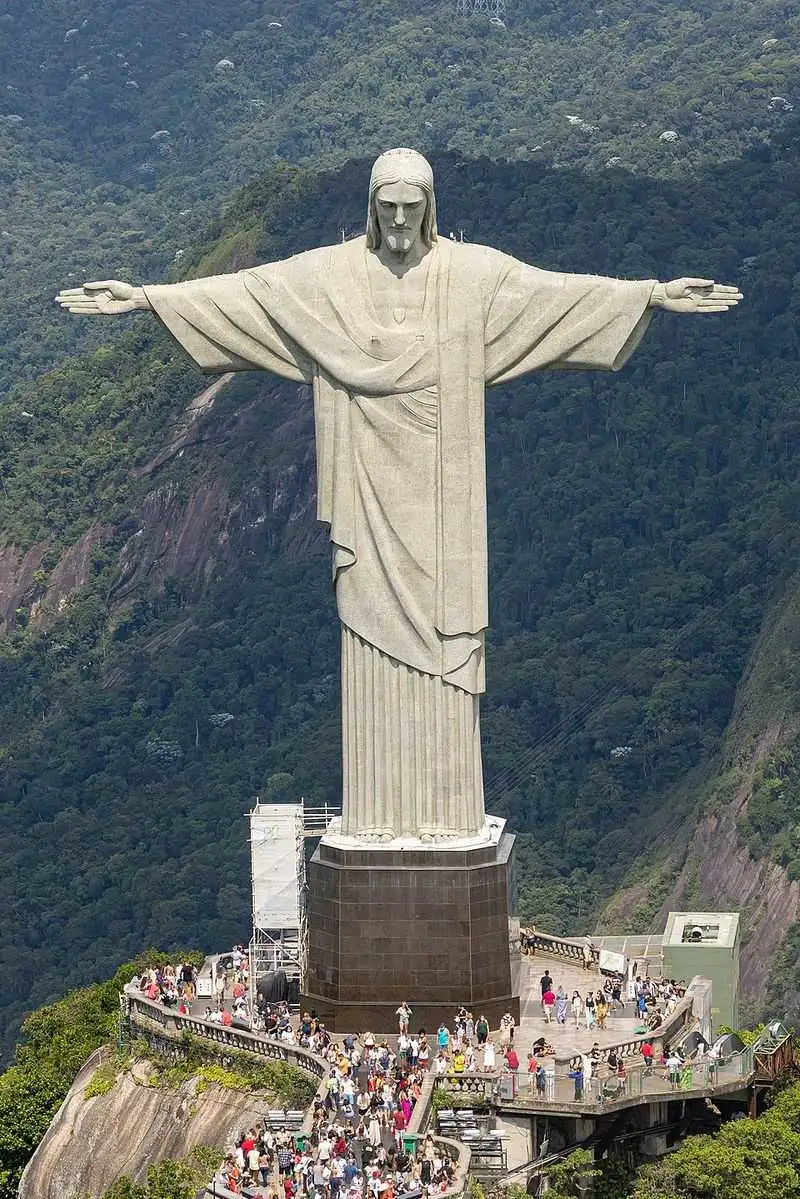
Gracefully overlooking Rio de Janeiro, Christ the Redeemer is a symbol of peace and faith. This 98-foot statue, completed in 1931, stands atop Mount Corcovado, offering breathtaking views of the cityscape below. Created by French sculptor Paul Landowski, its open arms welcome all.
The blend of art and engineering is a marvel, reflecting Brazil’s rich cultural tapestry. Visitors often find solace and inspiration in its serene presence.
Moai Statues
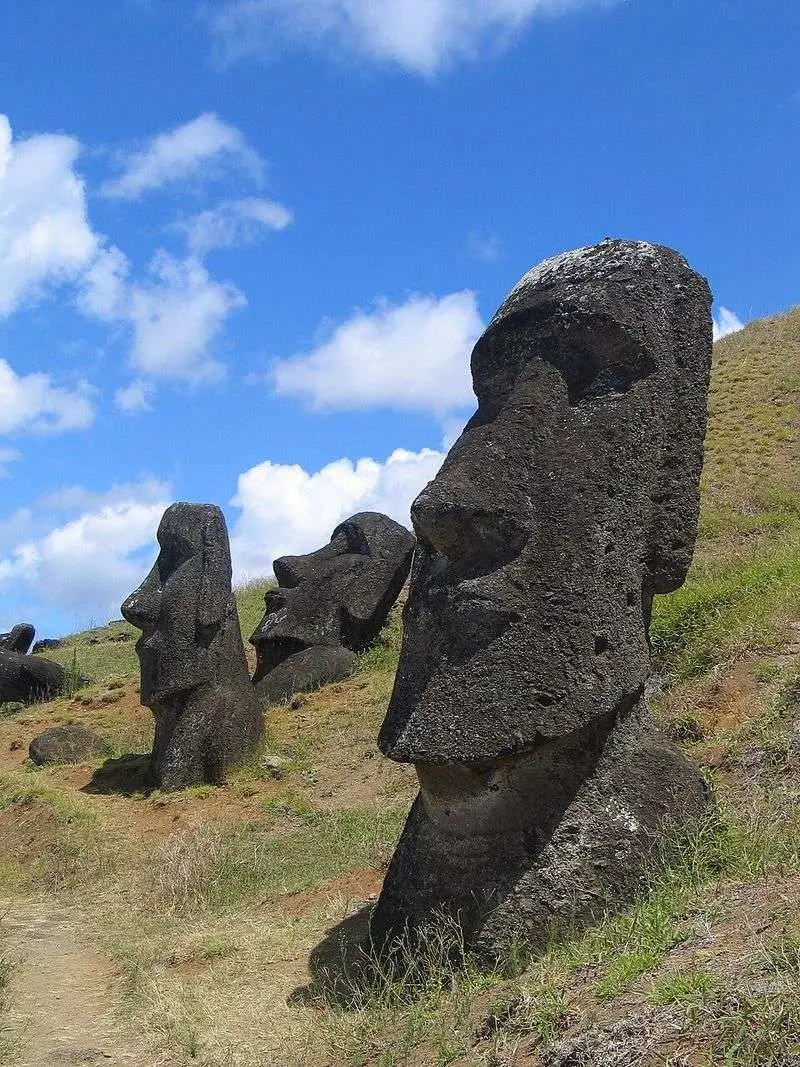
Mysterious and monumental, the Moai statues of Easter Island captivate with their enigmatic gaze. Carved by the Rapa Nui people, these figures range in height, the tallest reaching 33 feet. They were created between 1400 and 1650 CE as tributes to ancestors.
Positioned across the island, each statue watches over the landscape. Their purpose and method of construction continue to intrigue archaeologists and tourists alike.
Statue of Liberty
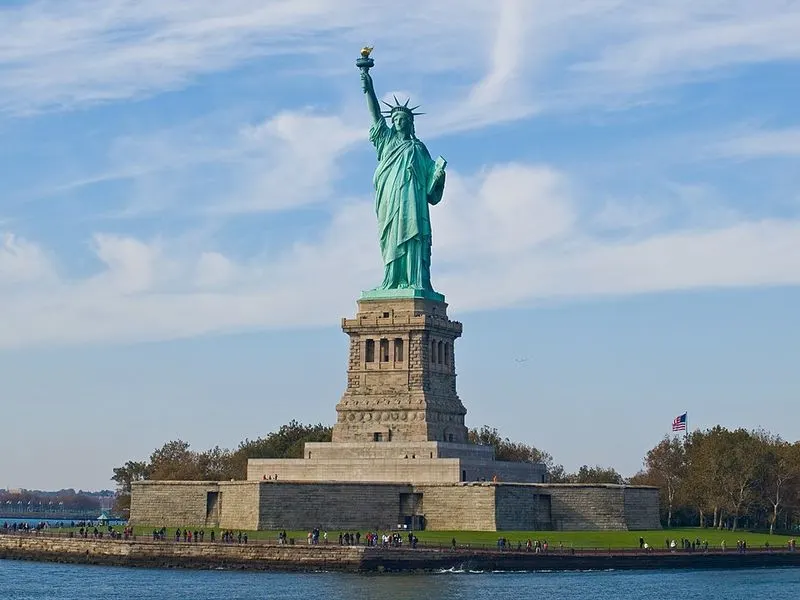
A gift from France to the United States, the Statue of Liberty stands as a universal symbol of freedom and democracy. Created by Frédéric Auguste Bartholdi and dedicated in 1886, Lady Liberty holds her torch high above New York Harbor.
Her presence has welcomed countless immigrants seeking a new life. Standing at 305 feet, she remains an enduring icon of hope and opportunity.
Venus de Milo
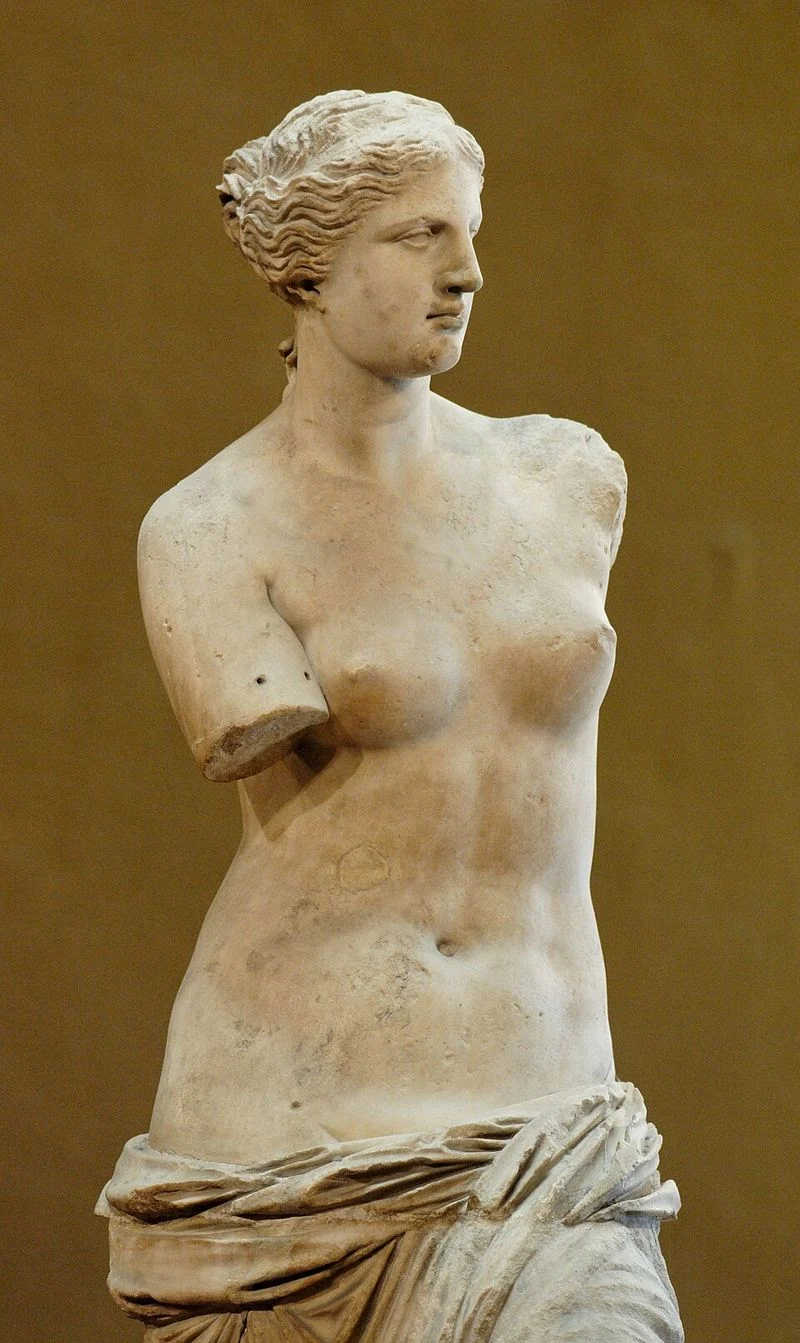
Timeless beauty is captured in the Venus de Milo, an ancient Greek masterpiece residing in the Louvre. Though her arms are lost to history, her allure is undiminished.
Created around 150 BCE, she represents the goddess Aphrodite. The statue’s graceful drapery and poised stance continue to enchant viewers. A visit to see Venus is a journey into the elegance of classical art.
Terracotta Army
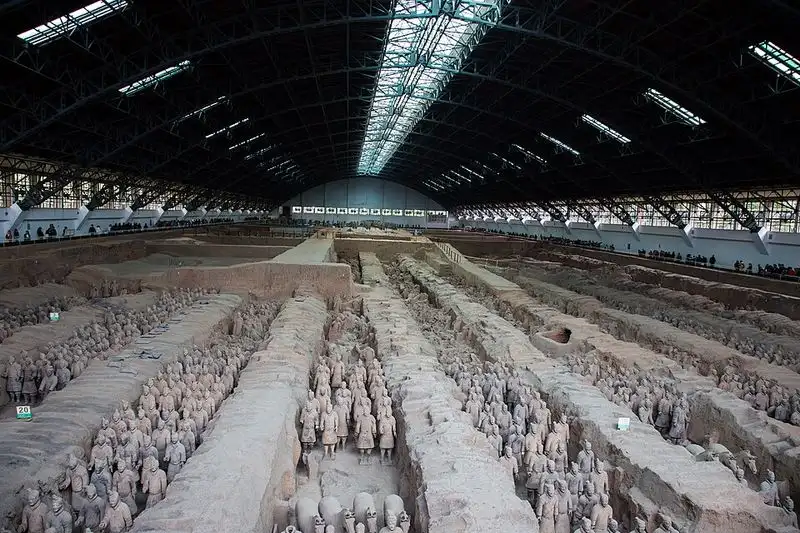
Guarding the tomb of China’s first Emperor, Qin Shi Huang, the Terracotta Army is an archaeological wonder. Discovered in 1974, this massive collection features thousands of life-sized clay soldiers, each with unique details.
Created in 210-209 BCE, they symbolize the emperor’s power and quest for immortality. Located in Xi’an, their silent ranks tell a story of ancient China’s grandeur.
Mount Rushmore
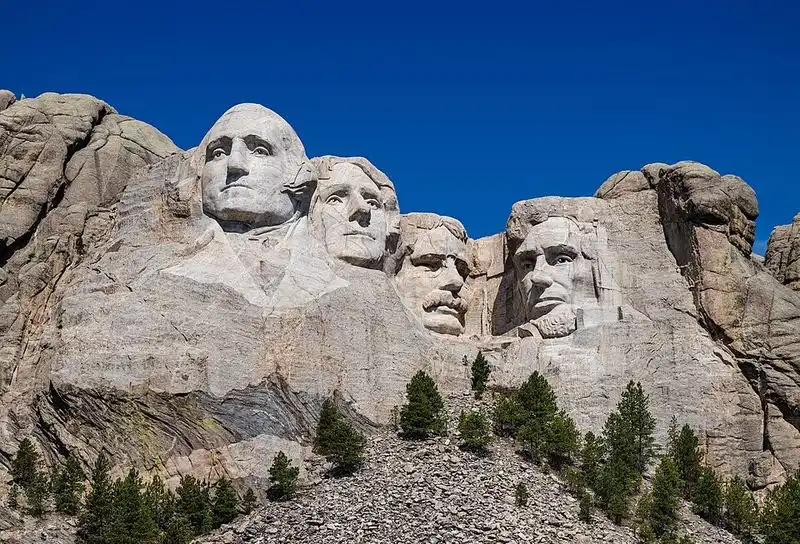
A monumental tribute to American history, Mount Rushmore features the carved faces of four U.S. presidents: Washington, Jefferson, Roosevelt, and Lincoln. Located in the Black Hills of South Dakota, this colossal work was completed in 1941 by sculptor Gutzon Borglum.
Each face stands 60 feet tall, celebrating the nation’s ideals and achievements. Visitors marvel at the craftsmanship and historical significance.
The Motherland Calls
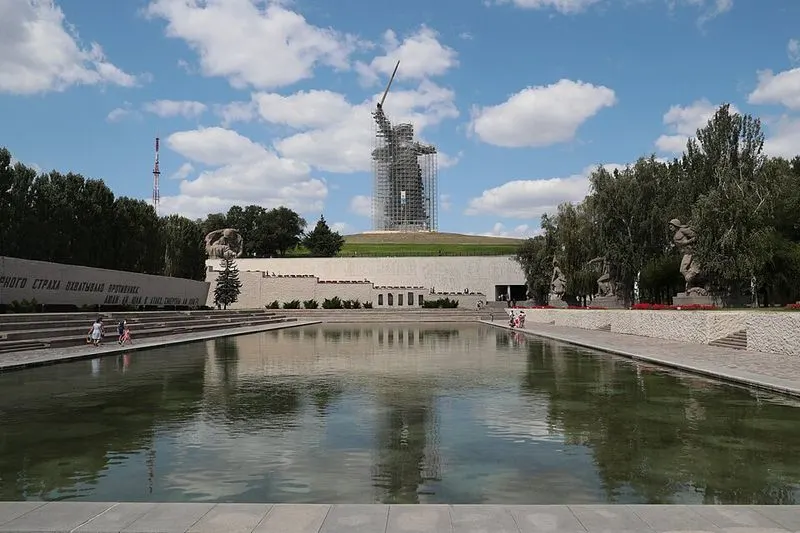
Standing as a symbol of Russian resilience, The Motherland Calls is an awe-inspiring structure in Volgograd. This towering statue, at 279 feet, commemorates the Battle of Stalingrad during World War II. Designed by Yevgeny Vuchetich, it portrays a woman wielding a sword triumphantly.
Her powerful stance inspires patriotism and remembrance, reflecting a pivotal moment in history.
Pietà by Michelangelo
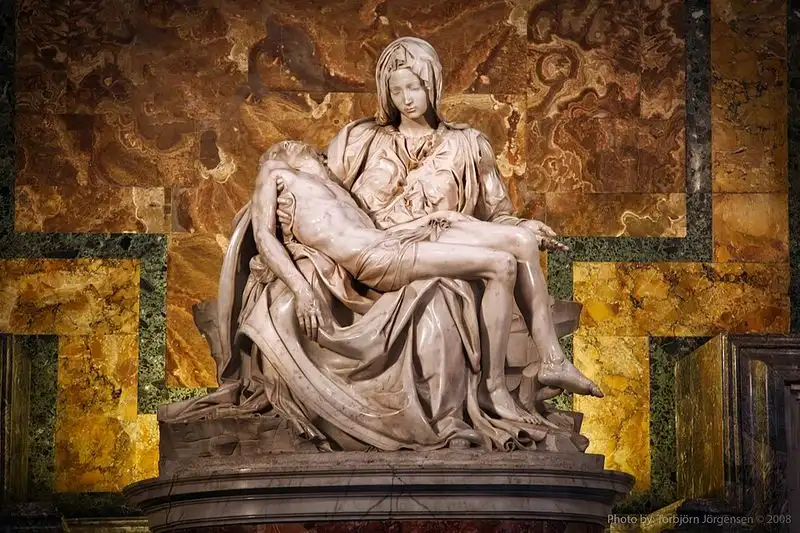
Michelangelo’s Pietà captures heart-wrenching emotion through its depiction of Mary cradling Jesus. Sculpted from marble, this masterpiece resides in St. Peter’s Basilica, Vatican City.
Created when Michelangelo was in his early twenties, it showcases his extraordinary talent. The serene yet sorrowful expressions resonate deeply, inviting reflection on themes of loss and compassion.
Winged Victory of Samothrace
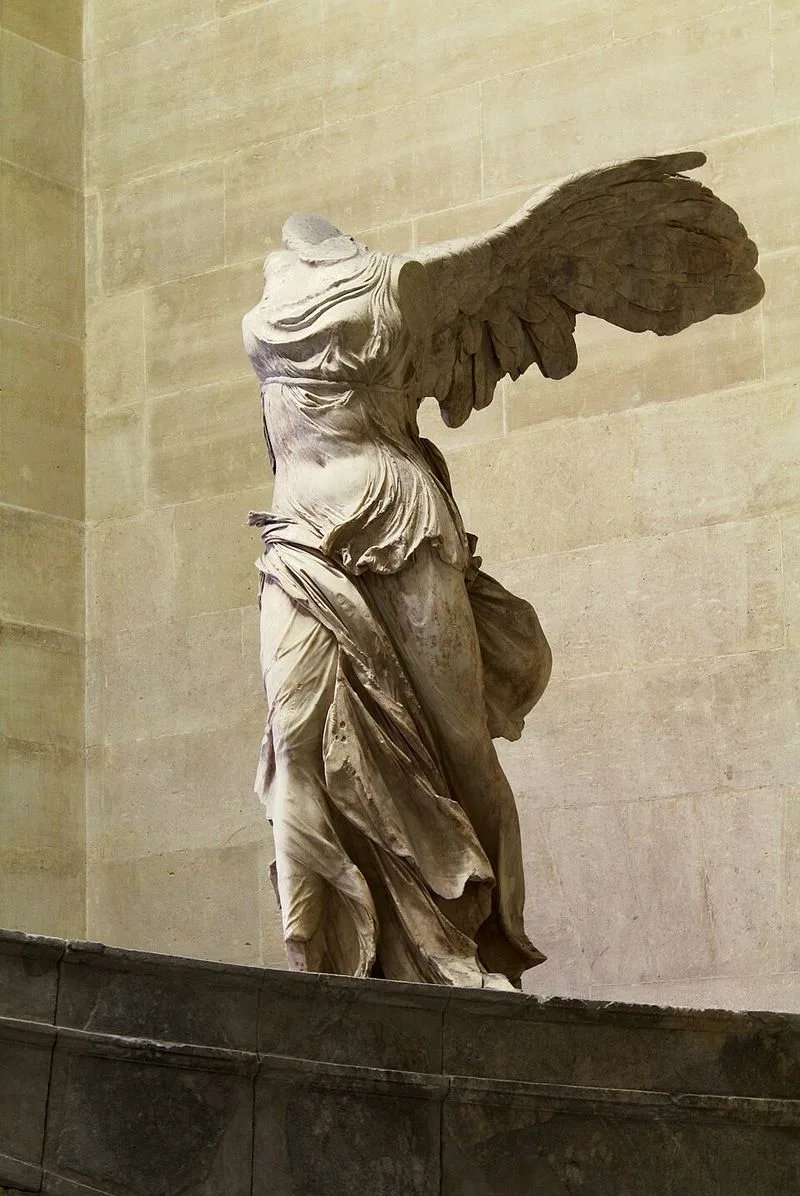
Soaring in triumph, the Winged Victory of Samothrace is a masterpiece of Hellenistic art. Created around 200-190 BCE, it depicts the goddess Nike with dramatic, outstretched wings. Residing in the Louvre, Paris, this marble statue captures the essence of movement.
Despite its missing head and arms, it exudes an air of majesty and victory, drawing admiration from art lovers worldwide.
David by Donatello
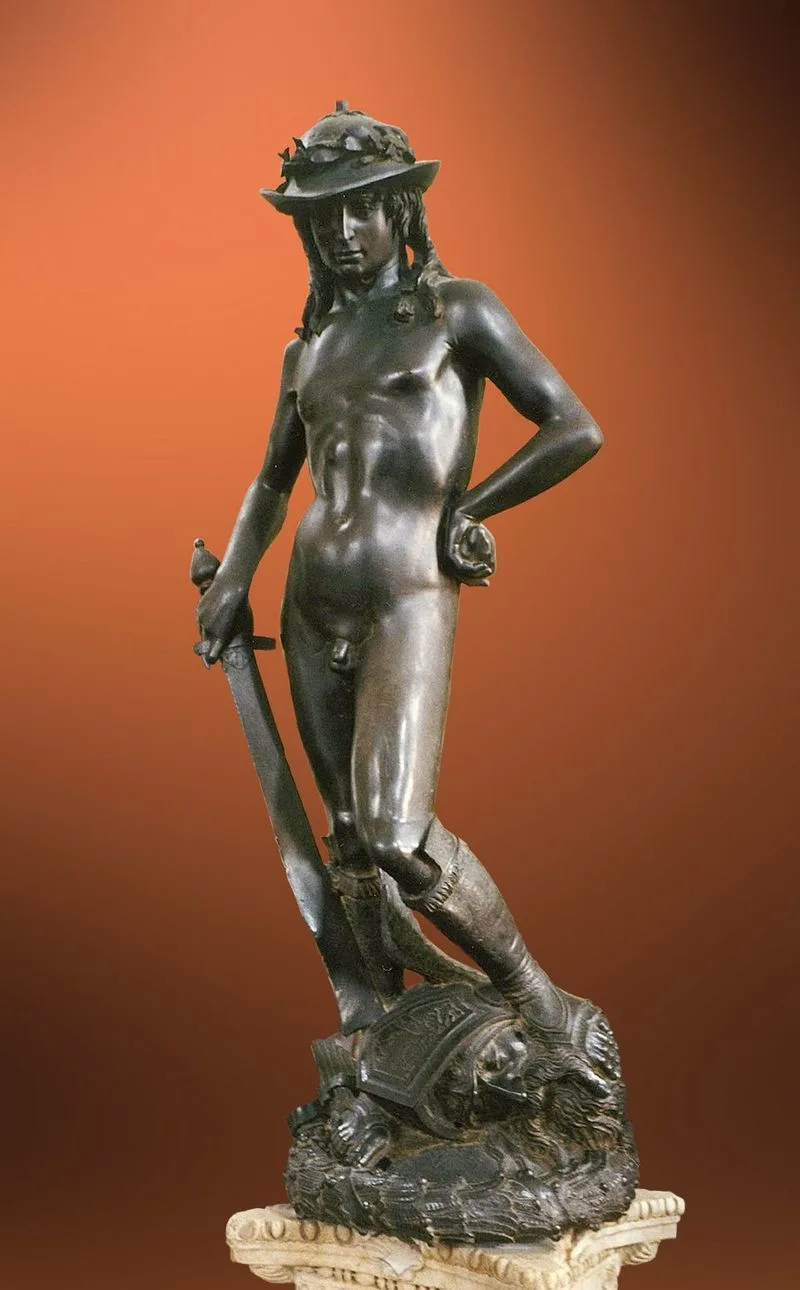
Donatello’s David stands as a groundbreaking work of Renaissance sculpture. Crafted in bronze, this youthful figure exudes confidence and poise.
Created in the 1440s, it’s notable for being one of the first freestanding nude statues since antiquity. Located in Florence, Italy, David’s relaxed stance and subtle details invite admiration for Donatello’s innovative artistry.
Reclining Figure by Henry Moore
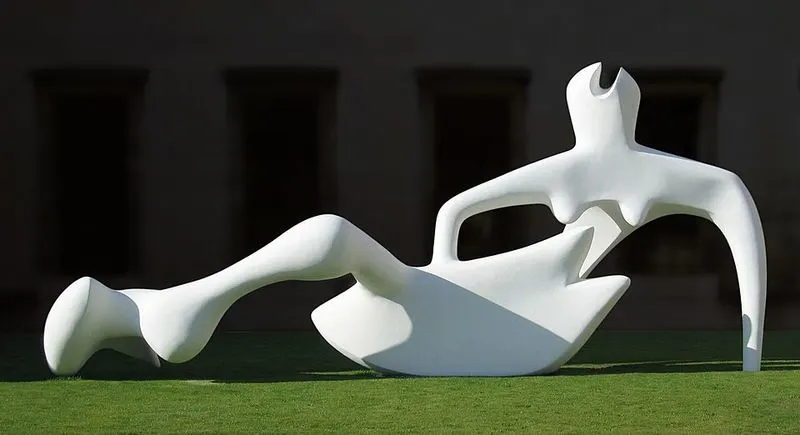
Embodying abstract beauty, Henry Moore’s Reclining Figure captures the harmony of form and nature. Moore’s unique style is evident in the flowing curves and organic shapes of this bronze sculpture.
Placed in various locations worldwide, it invites interaction and contemplation. The integration with the environment enhances the experience, allowing viewers to explore the relationship between art and the natural world.
Sphinx of Giza
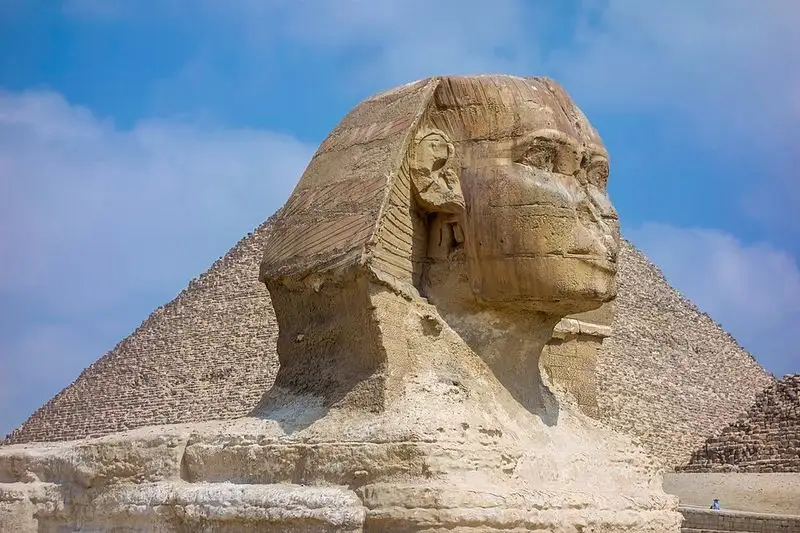
Majestic and ancient, the Sphinx of Giza stands as a symbol of Egypt’s enduring legacy. Carved from limestone, the Sphinx has watched over the Giza Plateau for thousands of years. With a lion’s body and a human head, it represents strength and wisdom.
Theories about its origins and purpose continue to intrigue historians. Its enigmatic presence draws visitors seeking a connection to Egypt’s distant past.
Manneken Pis
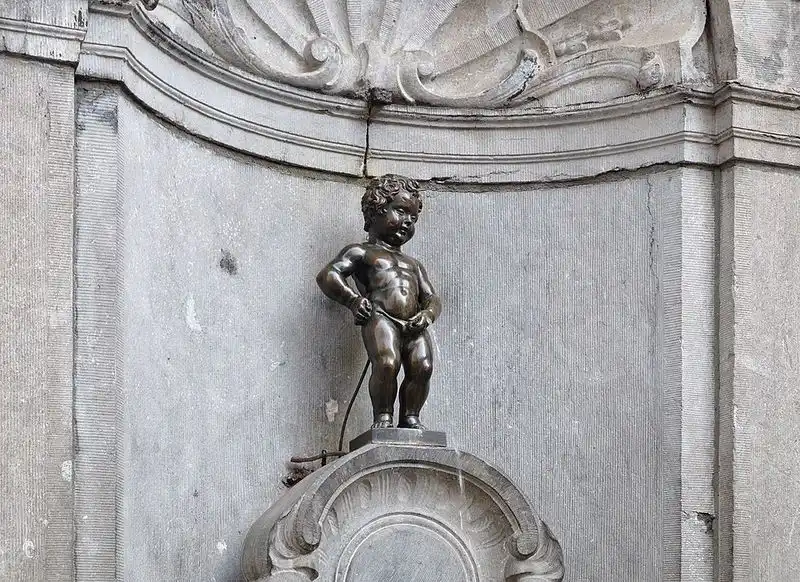
Quirky and charming, Manneken Pis is a beloved icon of Brussels. This small bronze statue depicts a mischievous boy urinating into a fountain.
Created in the early 17th century, it embodies the playful spirit of the city. Often dressed in various costumes, it surprises visitors with its unique character. Manneken Pis is celebrated in countless festivals and events, making it a must-see attraction.
Little Dancer of Fourteen Years by Edgar Degas
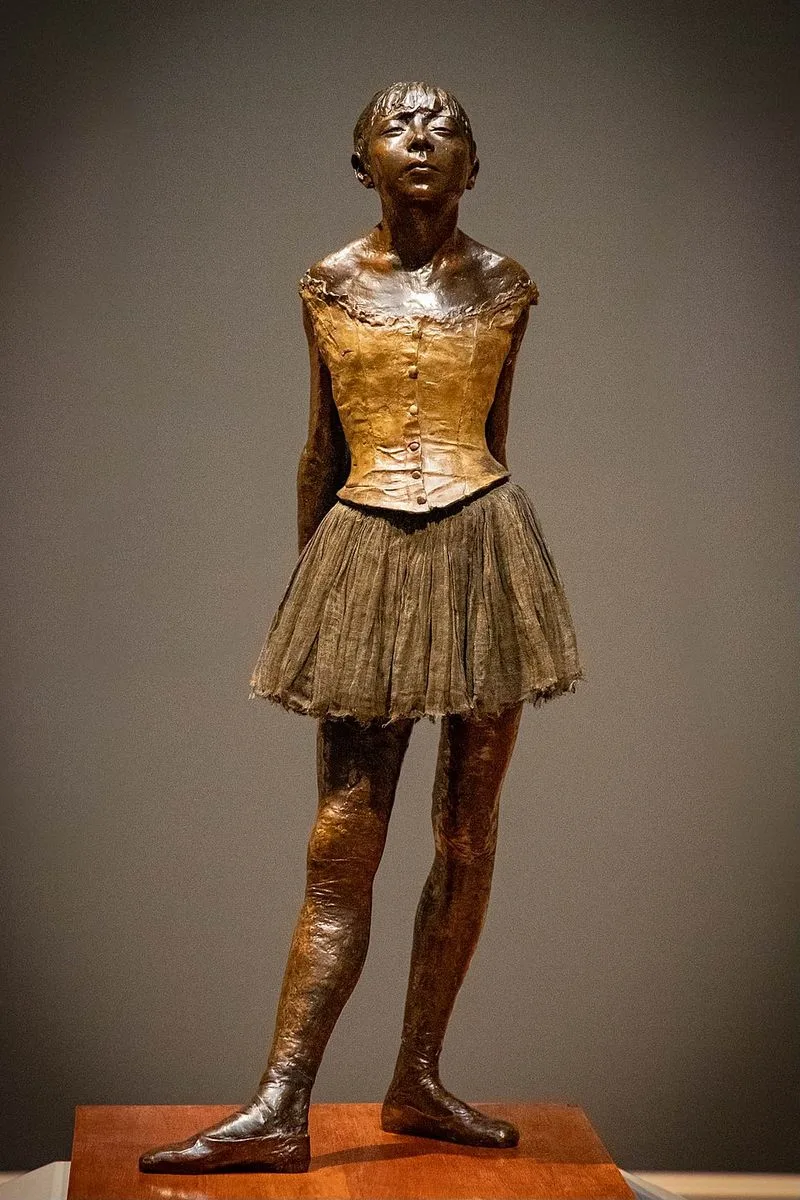
Capturing youthful grace, Degas’ Little Dancer of Fourteen Years showcases the world of ballet. This bronze statue, adorned with a real tutu and ribbon, was first exhibited in 1881.
The young dancer’s poised stance reflects hard work and dedication. Displayed in the Musée d’Orsay, Paris, it remains a tribute to Degas’ fascination with movement and form, drawing admiration from art enthusiasts.
Christ of the Abyss

Beneath the waves, Christ of the Abyss inspires awe with its serene presence. Submerged in the Mediterranean Sea, this bronze statue of Jesus offers a unique underwater experience. Created by Guido Galletti in 1954, it symbolizes hope and peace.
Divers are drawn to its tranquil setting, where marine life mingles with art. The statue’s outstretched arms provide a sense of welcome and solace in the ocean’s depths.
The Angel of the North
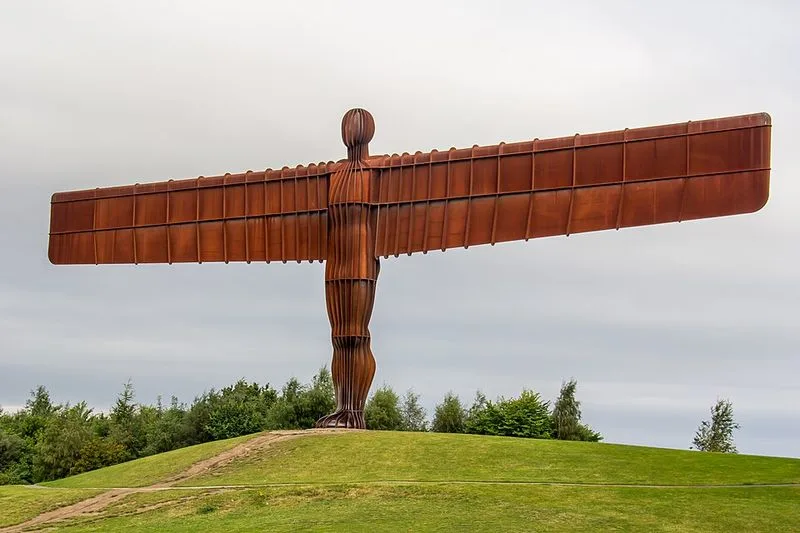
Dominating the skyline of Gateshead, The Angel of the North stands as a modern marvel. Crafted by Antony Gormley in 1998, this colossal steel sculpture features wings stretching 177 feet.
It symbolizes the region’s industrial heritage and regeneration. Positioned on a hill, the Angel welcomes visitors with its protective embrace. Its striking presence has become an icon of contemporary art and community spirit.
L’Envol
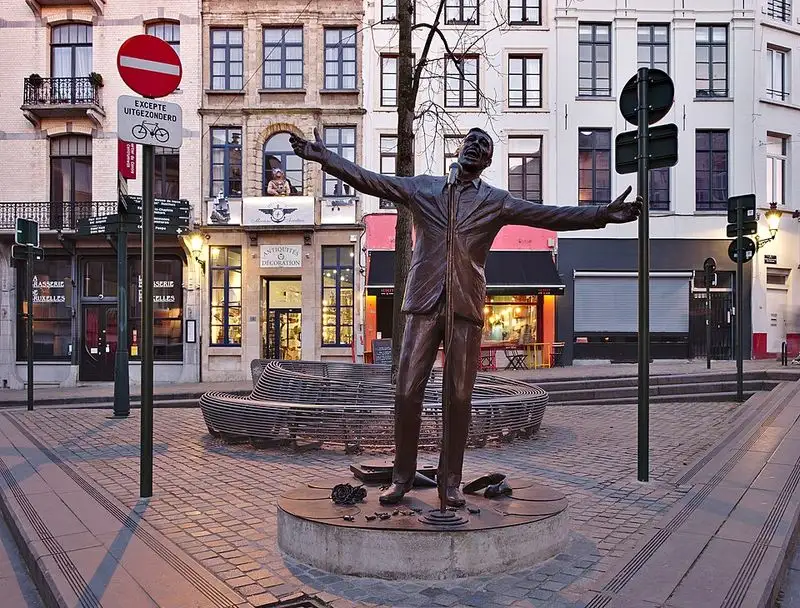
Celebrating the spirit of flight, L’Envol captures the imagination with its dynamic form. This sculpture, located in Paris, portrays a figure taking off, suspended in perpetual motion. Its sleek design and graceful lines symbolize progress and aspiration.
The piece resonates with those who admire innovation and the human urge to soar. L’Envol’s energy invites reflection on the possibilities of the human spirit.
Mount Nemrut Statues
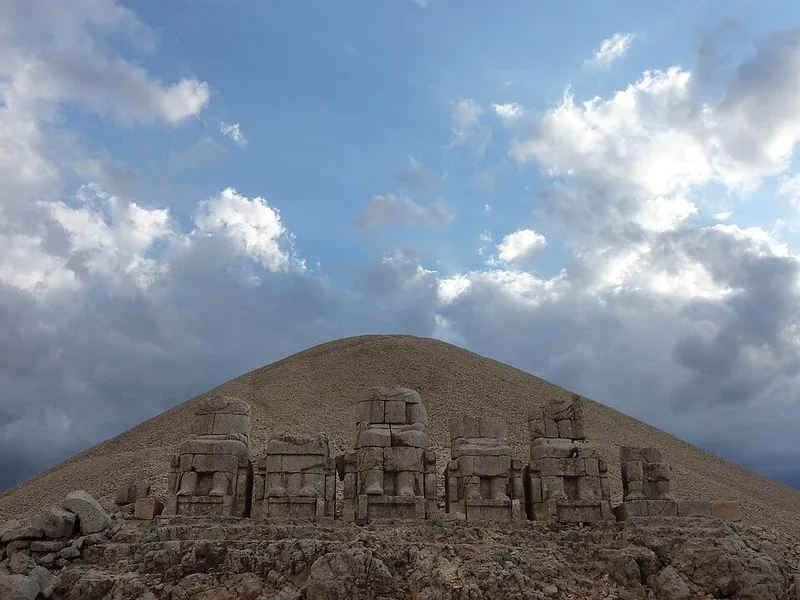
High atop Mount Nemrut in Turkey, ancient stone heads gaze across the landscape, capturing the intrigue of history. These statues, dating back to the 1st century BC, represent gods and kings from the Kingdom of Commagene.
Their massive size and detailed carvings speak to the artistry of ancient civilizations. The site, a UNESCO World Heritage location, offers a remarkable glimpse into the past.

